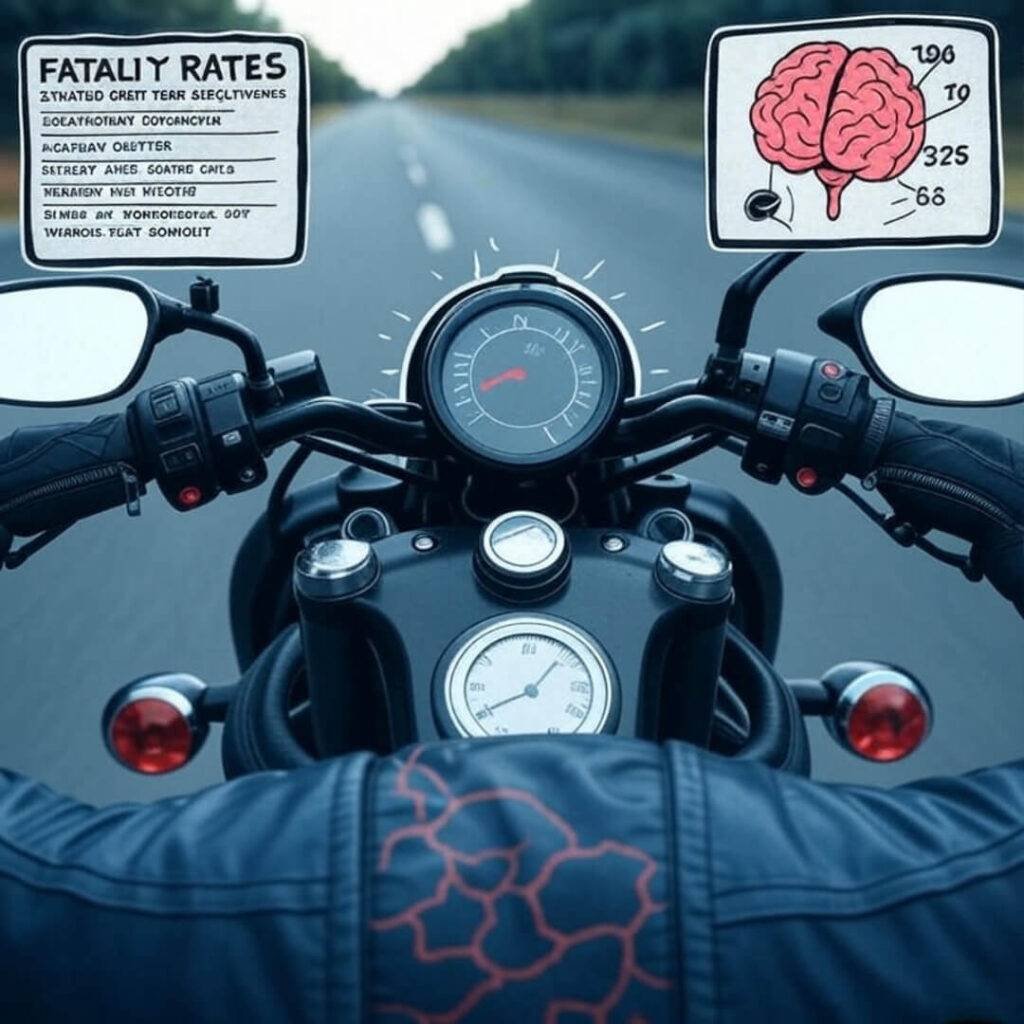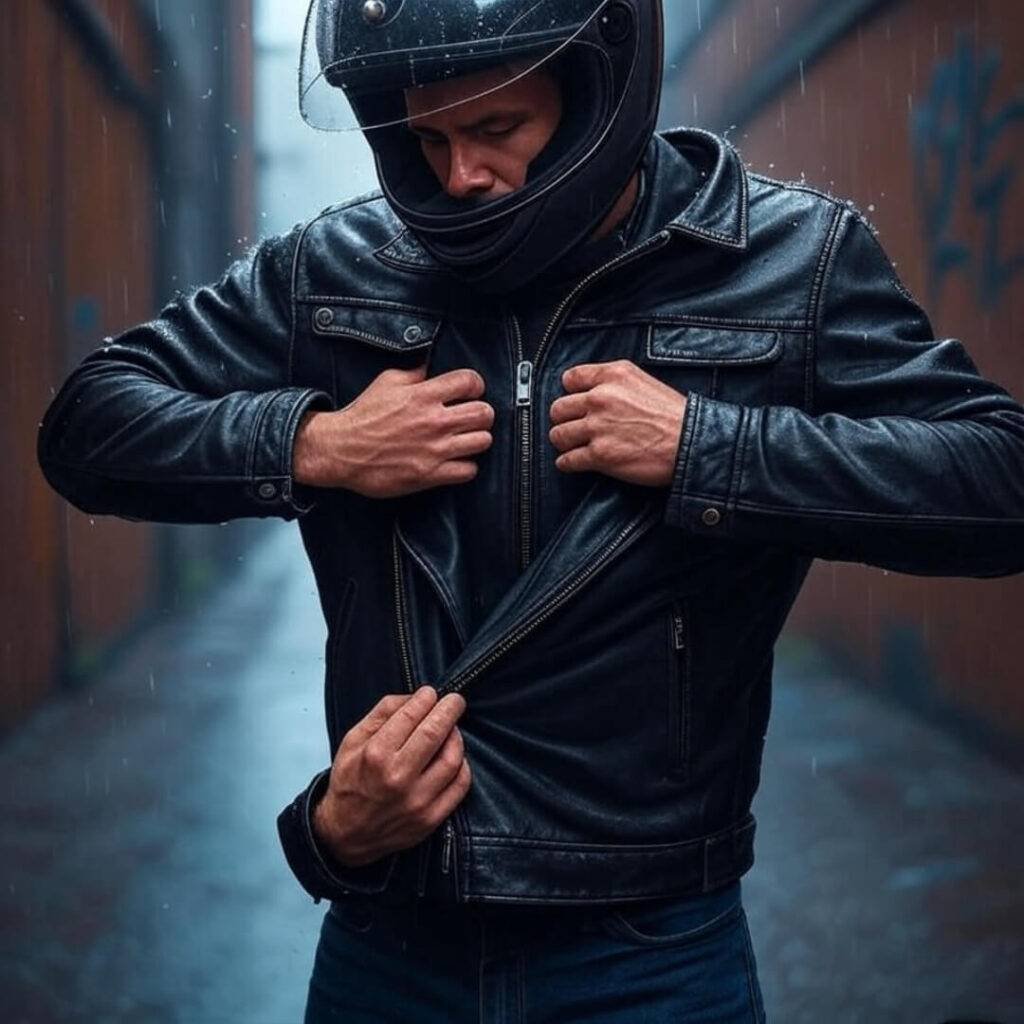Yo, motorcycle safety’s been haunting me ever since I rolled into India a few months ago, like, for real—I thought I was hot stuff on my bike back in Cali, but Delhi’s streets? Man, they’re a whole different beast. I’m chilling in this grimy café in Old Delhi right now, the air thick with chai steam and diesel fumes, horns screaming outside like they’re personally mad at me. I almost became a statistic last week, no joke, and it’s got me spilling my guts about what I’ve learned. This is my messy, American take—flaws, fumbles, and all—on keeping motorcycle safety first while dodging chaos on these roads.
Motorcycle Safety Stats That’ll Mess You Up
Okay, let’s hit the numbers first ‘cause they’re wild and honestly kinda terrifying. In 2023, the U.S. saw 6,335 motorcyclists bite the dust, making up 15% of all traffic deaths even though bikes are barely a blip on the road.<grok:render type=”render_inline_citation”>
6
Over here in India, it’s even crazier—over 1.5 lakh people die in road crashes yearly, with like 40% of ‘em on two-wheelers.<grok:render type=”render_inline_citation”>
25
I legit spilled my chai when I read that, nearly fried my laptop. Bikers are 28 times more likely to kick the bucket in a crash than car drivers.<grok:render type=”render_inline_citation”>
1
Helmets save 67% of brain injuries, but in places with no helmet laws, only 72% of riders bother.<grok:render type=”render_inline_citation”>
3,4

Here in India, I see guys zooming around bare-headed like it’s nothing, and I’m over here sweating buckets in my helmet, looking like a dork but alive. U.S. fatalities crept up 1% from 2022 to 2023, with the crash rate per mile jumping 19%.<grok:render type=”render_inline_citation”>
2
In Texas, intersection wrecks for bikes spiked 21%.<grok:render type=”render_inline_citation”>
7
India’s roads are the deadliest globally, and bikers take the hardest hit.<grok:render type=”render_inline_citation”>
19
These motorcycle safety stats aren’t just numbers—they’re my daily reality check.
Why Motorcycle Safety Stats Hit Different in India
I’m no pro, alright? I once forgot to check my brakes before a ride back home and nearly ate pavement—total rookie move. But in India, with cows strutting across roads and rickshaws cutting you off, those stats feel like a punch to the gut. I love the rush of weaving through traffic, but one slip and you’re toast. It’s messed up, y’know? I’m hooked on the vibe but terrified of becoming another motorcycle safety cautionary tale.
My Shaky Motorcycle Safety Tips from India’s Chaos
Alright, let’s talk tips—stuff I’ve learned the hard way, mostly after screwing up. First, gear up like you’re going to war. Helmet, jacket, pants, gloves, boots—the works.<grok:render type=”render_inline_citation”>
9
I cheaped out on gloves once, skidded in Mumbai’s rain, and my hand looked like raw hamburger. Bandaging that in this humid hell? Yeah, I felt like an idiot. Now I’m all about impact-protected gear, even if I look like a sweaty Transformer.
- Check your bike every time: Tires, brakes, lights. I skipped this in Rajasthan and my chain almost snapped—yikes.
- Ride like everyone’s out to get you: Assume you’re invisible. Obey signs, keep space, flow with traffic.<grok:render type=”render_inline_citation”>
10
In India, honk like your life depends on it—it does.
- Practice your moves: Braking, swerving, counter-steering. I hit an empty lot to practice, saved me from a pothole disaster.
- Be seen: Bright gear, signals, head checks. Eye protection too—bugs in your face at 60 km/h ain’t fun.

India’s roads demand extra motorcycle safety tricks—watch for sneaky potholes, stray dogs, or sudden U-turns.<grok:render type=”render_inline_citation”>
20
Last Tuesday, monsoon rain was dumping, visibility was trash, and a truck swerved with no signal. I slammed the brakes—ABS saved my butt—and skidded to a stop, heart pounding like a drum. I hate these rainy rides, but damn, they’ve made me sharper. Speed’s a killer here; even a tiny bit too fast can end you.<grok:render type=”render_inline_citation”>
21
Motorcycle Safety Gear I Swear By (After Screwing Up)
Gear’s my lifeline now. Full-face helmet with a visor, over-ankle boots—non-negotiable. I rode in sneakers once, stubbed my toe on a rock, and limped around like a clown for days. Helmets cut brain injury risks by 67%—no-brainer, right?<grok:render type=”render_inline_citation”>
3
In India, get waterproof gear; monsoons will drown you otherwise. I learned that after showing up to a meeting looking like a soaked rat.

Wrapping Up My Motorcycle Safety Rant
Man, this got long—like trying to navigate Bangalore traffic at rush hour. Motorcycle safety’s more than stats or gear; it’s about owning your screw-ups, like my near-misses, and growing from ‘em. I’m just an American dude fumbling through India’s wild roads, contradictions and all. Check out NHTSA or MSF for more pro tips. Yo, what’s one motorcycle safety trick that’s saved your bacon? Hit the comments—let’s swap stories and stay safe.





